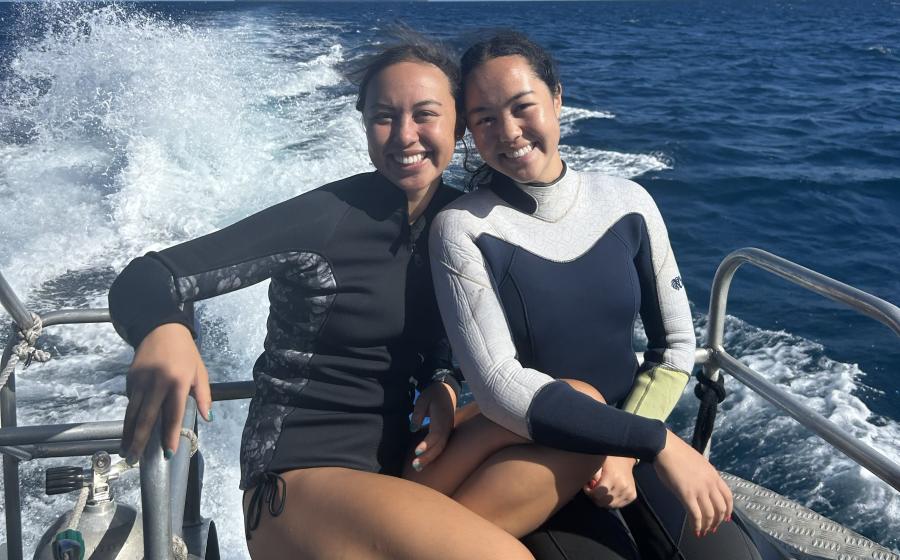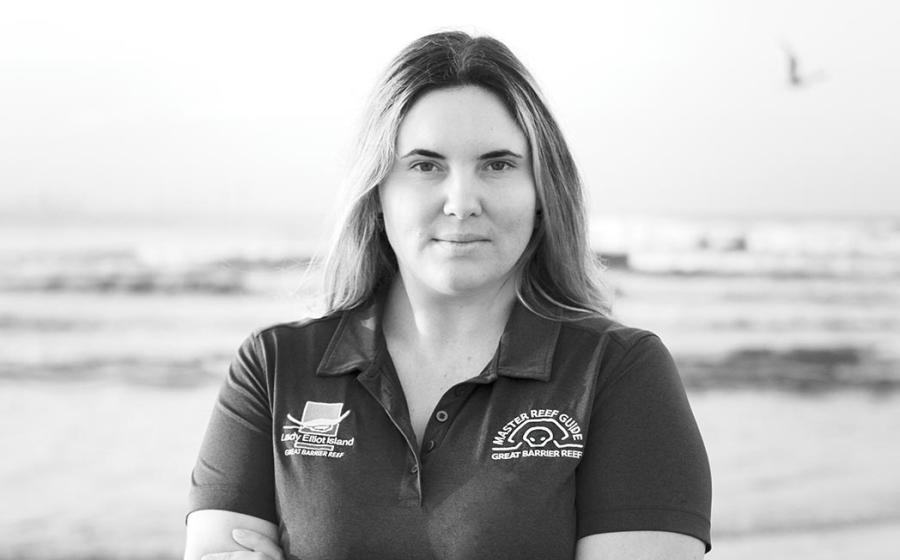Midwestern US
Yep, it's cold. Nope, there are no psychedelic reefs, colorful fishes or big, thrilling animals to speak of. But wreck say so what-in America's heartland, you'll find nearly 4,000 wrecks, and many of them are in fantastic shape in zebra mussel-sterilized, schnapps-clear water. And while Gordon Lightfoot might have waxed poetic about a now-infamous 729-foot lake freighter, you won't be diving the Edmund Fitzgerald anytime soon-she took her crew of 29 to their final resting place in 530 feet of water back in 1975.
Combined, the five lakes-Superior, Michigan, Huron, Erie and Ontario-create the largest freshwater system in the world. Large industrial cities like Chicago, Detroit and Milwaukee have for decades depended on enormous ocean-going vessels plying this great inland sea to reach global markets. Fickle Midwestern weather has hastened the conversion of many of these ships from instruments of trade to scuba diving attractions.
Michigan's underwater preserves encompass more than 2,400 square miles of Lakes Superior, Michigan and Huron, and include Thunder Bay National Marine Sanctuary. This, the 13th national marine sanctuary designated by NOAA, protects more than 100 historically significant wrecks, including steel-hulled steamers and wooden side-wheelers. Alger Underwater Preserve off Munising, Mich., boasts "sea caves," an underwater interpretive trails and seven major found shipwrecks including the Smith Moore, a wooden steam barge that rests in 90 to 105 feet of water.
Milwaukee boasts a number of excellent freshwater wrecks off the city, including the Prins Willem V, the 338-foot car ferry Milwaukee at a depth of 90 to 120 feet, and the 181-foot schooner barge Emba, a very advanced dive in 170 feet of water.
Yep, it's cold. Nope, there are no psychedelic reefs, colorful fishes or big, thrilling animals to speak of. But wreck say so what-in America's heartland, you'll find nearly 4,000 wrecks, and many of them are in fantastic shape in zebra mussel-sterilized, schnapps-clear water. And while Gordon Lightfoot might have waxed poetic about a now-infamous 729-foot lake freighter, you won't be diving the Edmund Fitzgerald anytime soon-she took her crew of 29 to their final resting place in 530 feet of water back in 1975.
Combined, the five lakes-Superior, Michigan, Huron, Erie and Ontario-create the largest freshwater system in the world. Large industrial cities like Chicago, Detroit and Milwaukee have for decades depended on enormous ocean-going vessels plying this great inland sea to reach global markets. Fickle Midwestern weather has hastened the conversion of many of these ships from instruments of trade to scuba diving attractions.
Michigan's underwater preserves encompass more than 2,400 square miles of Lakes Superior, Michigan and Huron, and include Thunder Bay National Marine Sanctuary. This, the 13th national marine sanctuary designated by NOAA, protects more than 100 historically significant wrecks, including steel-hulled steamers and wooden side-wheelers. Alger Underwater Preserve off Munising, Mich., boasts "sea caves," an underwater interpretive trails and seven major found shipwrecks including the Smith Moore, a wooden steam barge that rests in 90 to 105 feet of water.
Milwaukee boasts a number of excellent freshwater wrecks off the city, including the Prins Willem V, the 338-foot car ferry Milwaukee at a depth of 90 to 120 feet, and the 181-foot schooner barge Emba, a very advanced dive in 170 feet of water.






